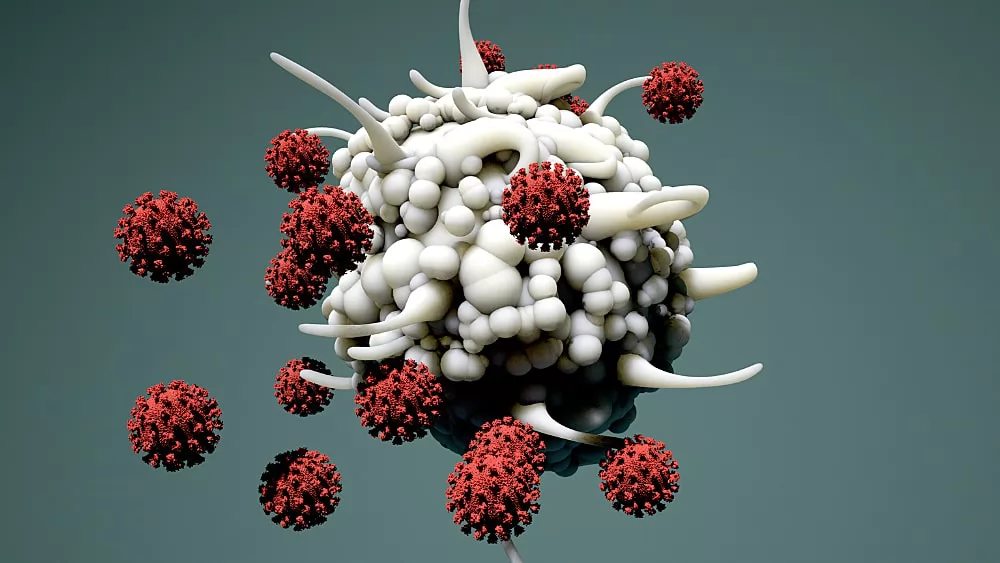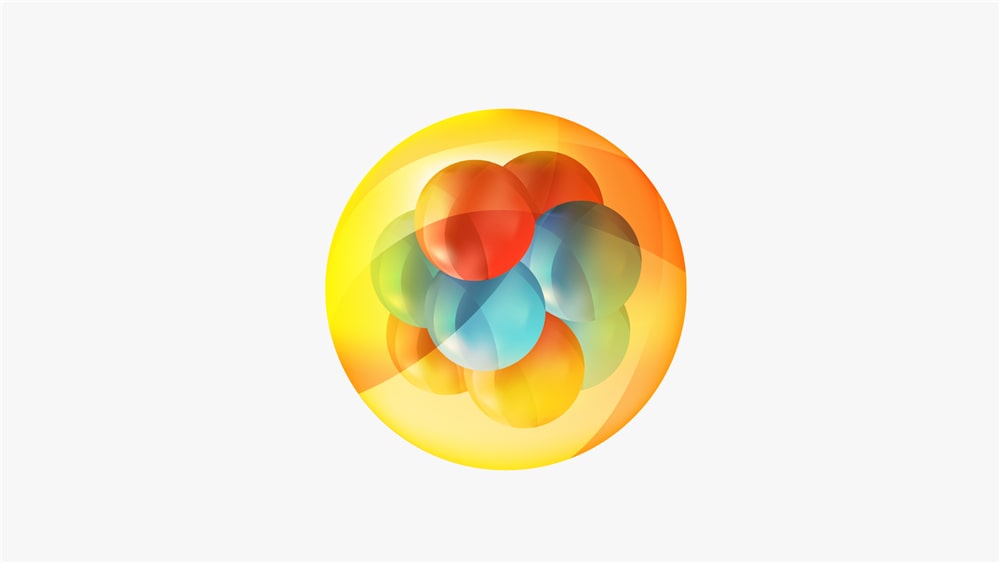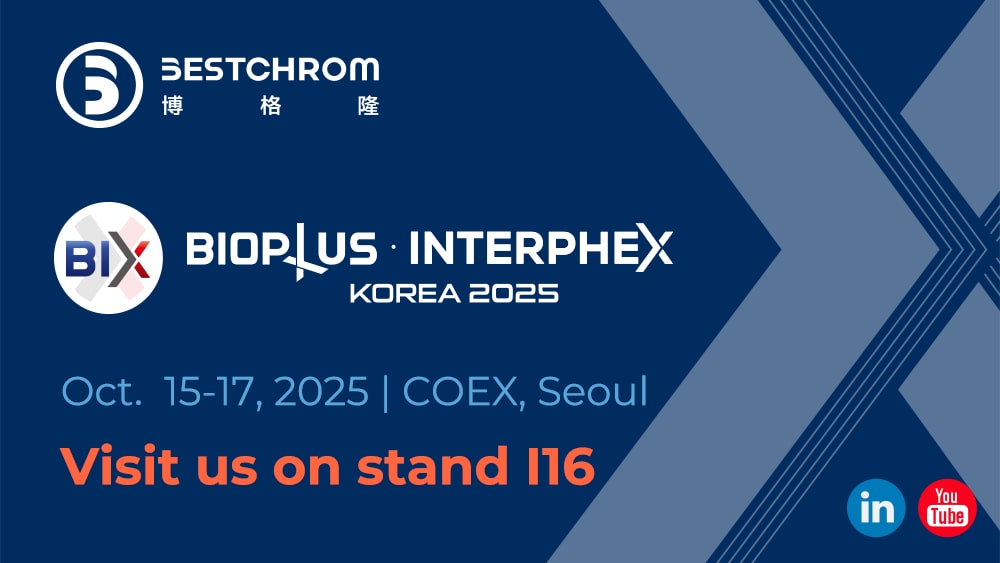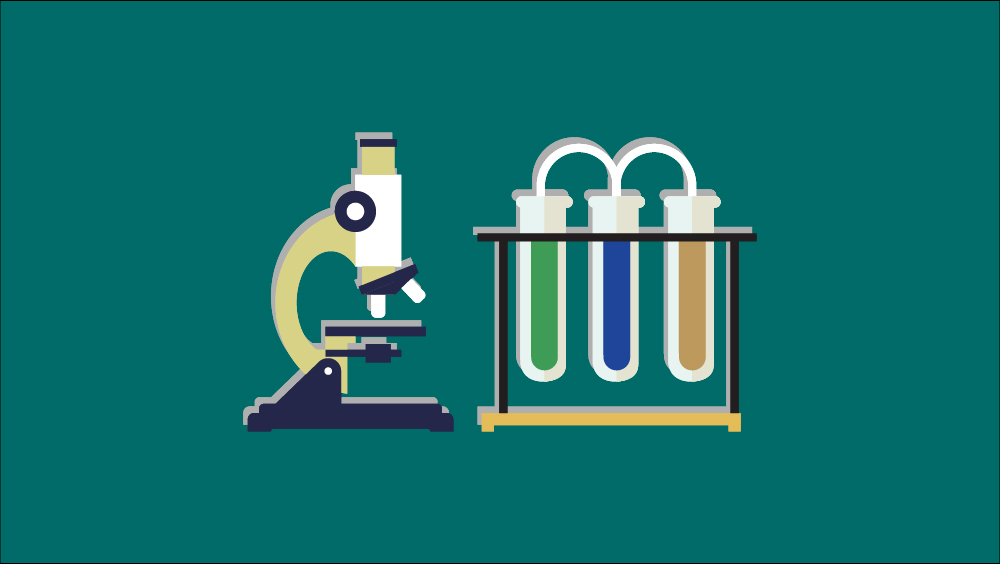HCP removal strategy in downstream purification of antibody

Article directory
-
Host cell protein (HCP)
-
The formation of HCP
-
Affinity chromatography
-
Ultra-filtration
-
Ion exchange chromatography
-
Mixed-mode chromatography
-
Conclusion
Host cell protein (HCP)
Host cell protein (HCP) is one type of intrinsic protein extracted from host cells. Being a major process-related impurity, HCP will significantly impact stability and efficacy of medicines due to its immunogenicity and proteolytic activity, making it a key quality parameter for antibody based drugs.
The formation of HCP
Antibody is usually generated by mammalian cells, especially the extracellular secretion of Chinese hamster ovary (CHO). However, during the cell culture and initial capture process, nontarget protein due to cell lysis consists of major source of HCP, which will greatly impair the safety and efficacy of biological even at an extremely low concentration. Therefore, it is common to rely on affinity chromatography, ultra-filtration, ion exchange chromatography and mixed-mode chromatography for the removal of HCP in purification downstream process.
Affinity chromatography
HCP can nonspecifically interact with protein relying on multiple sites, which enables the purification of both in downstream process. Affinity chromatography enjoys high selectivity and therefore serves as an effective method for HCP removal. To minimize HCP level in sample, it is common to carry out intermediate rinse prior to elution of target protein, which can be optimized by breaking interaction between HCP and antibody.
When setting pH value at a value between equilibration and elution buffer (pH 5~ 5.5) for intermediate rinse, it is capable of removing HCP which is weakly bond with resin while not breaking interaction between HCP and antibody.
Meanwhile, the method may suffer from disadvantage such as yield drop due to high binding capacity. As illustrated by scientific research, when pH is higher than 8, both antibody and HCP carry negative charges, which causes electrostatic repulsion. Meanwhile, alkaline pH will cause partial denaturation of HCP and conformational change, reducing non-specific interaction among HCP, antibody and resin. Thus, it helps to remove HCP by raising pH of rinse buffer to an appropriate level.
In the rinse procedure, in addition to optimization of buffer system and pH, it is possible to significantly damage static electricity, hydrophobic and hydrogen-bond interactions between HCP and target protein by adding salt or additives (e.g. urea, arginine, propylene glycol and triton x-100), eventually lower the HCP level in eluent.
Besides, the adding of certain additives (e.g. PEG4000) in elution buffer may also impact elution peak and HCP distribution condition, reducing elution volume and HCP content.
Ultra-filtration
For sample eluted by Protein A affinity resin, it is essential to connect with subsequent chromatographic step via pH adjustment after viral inactivation at lower pH condition (3.0-3.5). For most HCP (pI 4.5-7.0), pH adjustment will go beyond pI and decrease solubility. By optimizing the pH after viral inactivation at low pH level, it effectively aggregates or precipitates HCP molecules.
In addition, it possible for ultra-filtration to effectively remove HCP via adjustment of feedstock parameters including conductance and protein concentration, or adding additives which can reduce non-specific binding between protein and HCP.
Ion exchange chromatography
In the antibody purification process, since pI of antibody is higher than impurities such as HCP, anion exchange chromatography is usually applied in the HCP removal via flow-through mode. Optimization is usually applied to conditions including buffer solution types, ionic strength and pH condition. Meanwhile, cation exchange chromatography achieves removal of impurities via binding mode, where optimized washing strategy and elution condition are also vital to HCP removal in addition to sample loading.
Mixed-mode chromatography
Hydrophobicity and charges on antibody surface are usually different from those on the surface of HCP. However, hydrophobic and ionic synergy in mixed-mode chromatography enjoys better performance than single-mode resins in the removal of HCP. When using this type of resin, optimization of buffer pH and ionic strength is of paramount importance. Additionally, the use of additives can also increase selectivity.
Conclusion
The sufficient removal of HCP constitutes one major target in downstream purification process, which is mainly dependent on process control of upstream and downstream process control of cell culture. In the downstream purification process of antibody, it is essential to remove HCP via flexible choice of multiple chromatography mechanisms so as to improve product quality.









.png)


